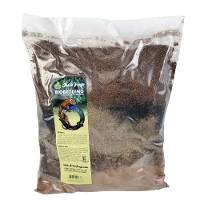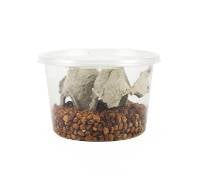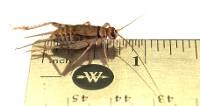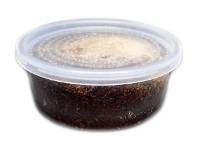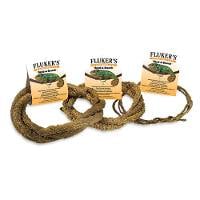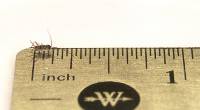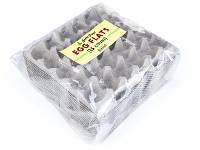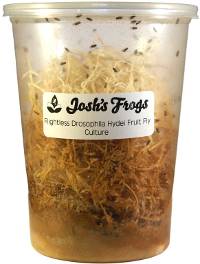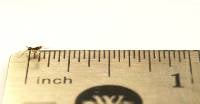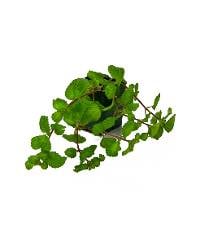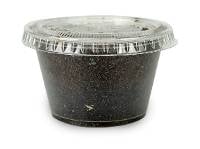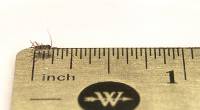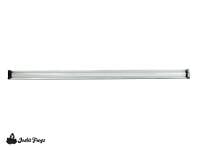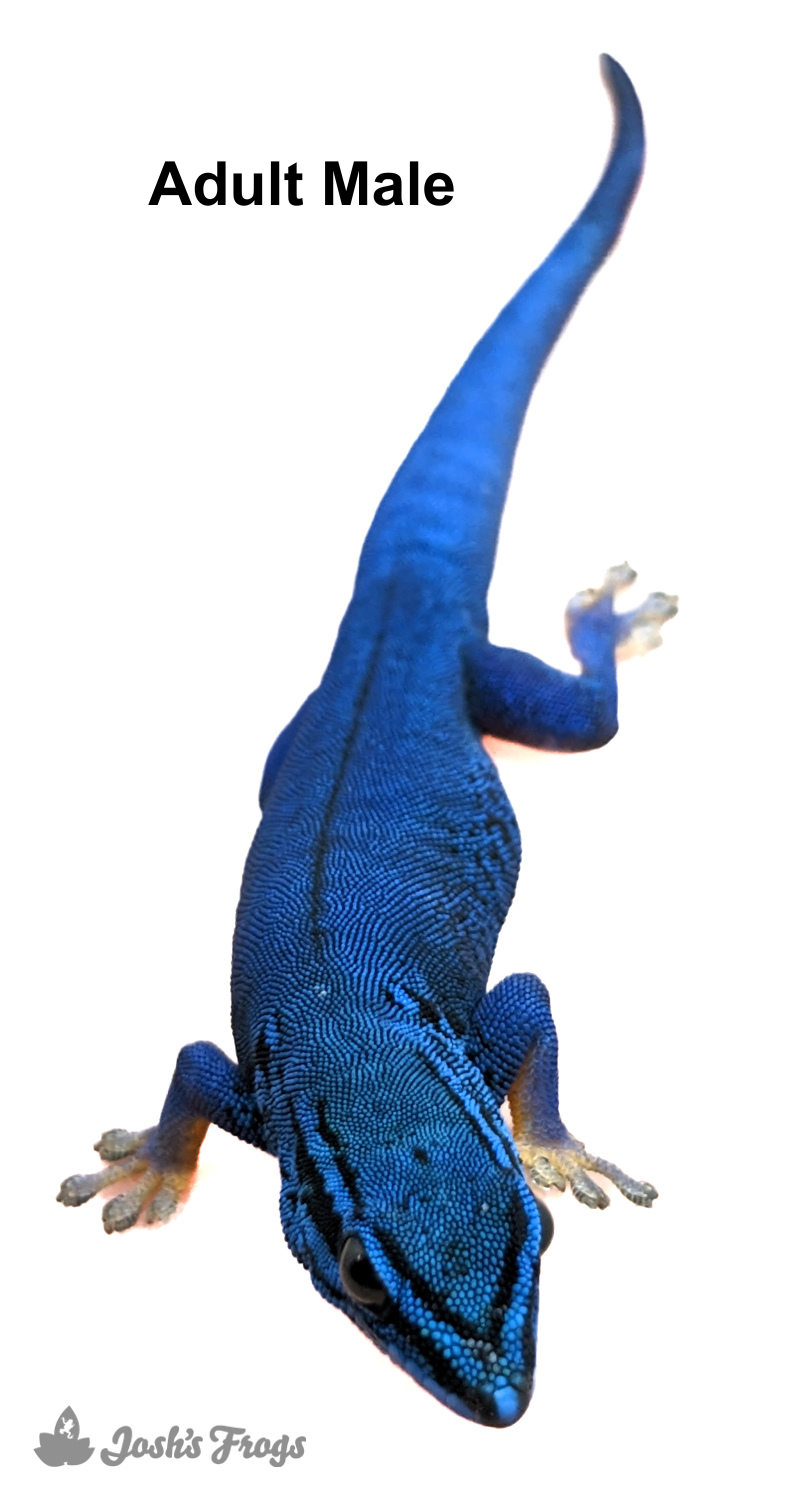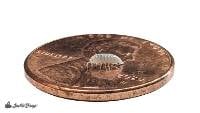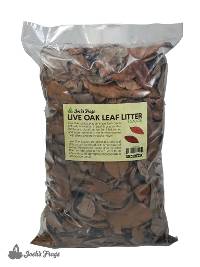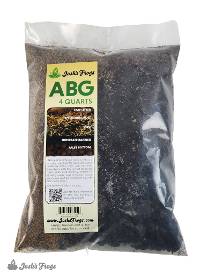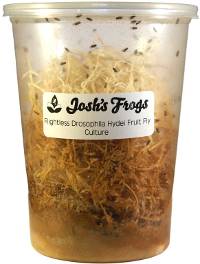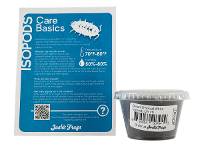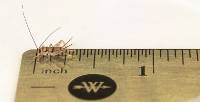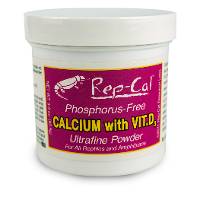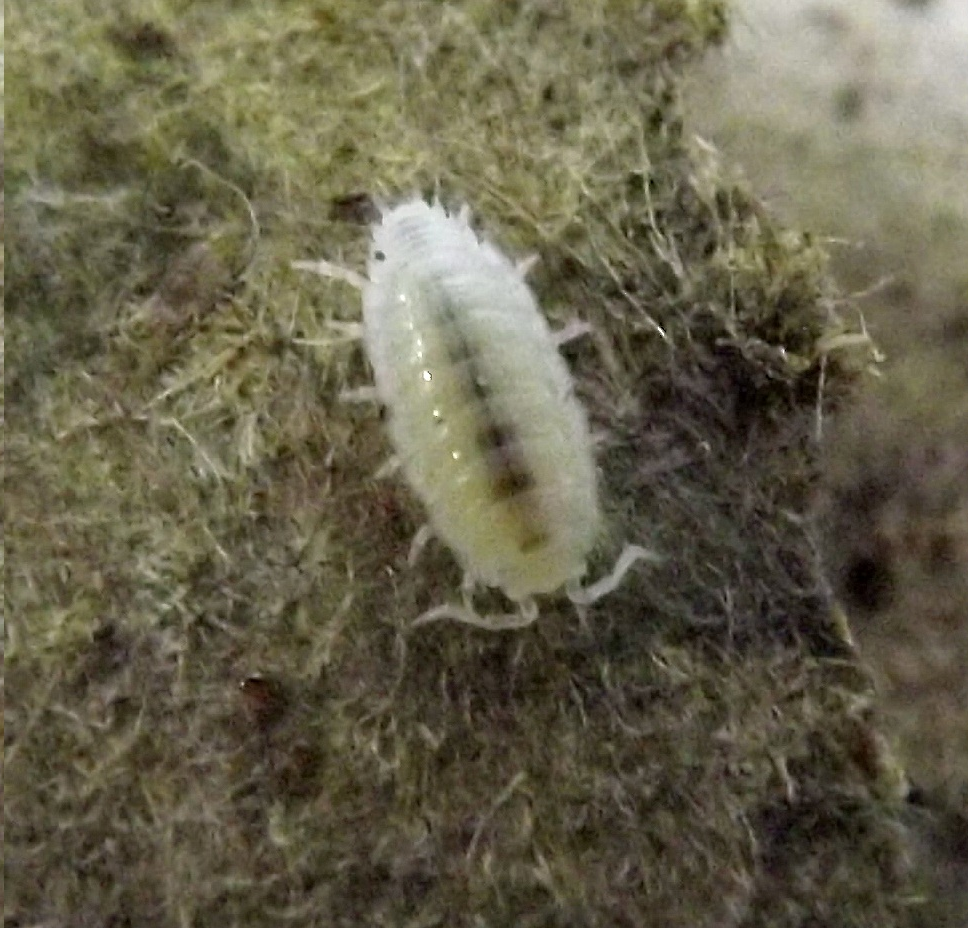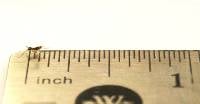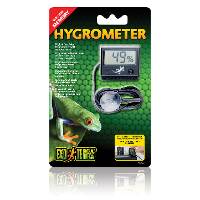Josh's Frogs
Why you should buy from us
Allison's Anole - Anolis allisoni (Captive Bred)
Allison's Anole - Anolis allisoni (Captive Bred)
We are not currently working with this species and, at the moment, have no plans of working with it. We've left this page up so that the care information is still easy to find. Please don't expect this species to be available for sale in the near future.
$69.99
About This Product
Defining characteristics:
- Beautiful greenish and bluish coloration
- Diurnal
- Active lizard
- Excellent display animal
Name:Anolis allisoni. Known as the allison’s anole or the blue-headed anole.
Recommended Enclosure Size: A single animal can be kept in a12x12x18. Pairs or trios have been successfully kept and bred in 18x18x24 . A bioactive setup with live plants is strongly recommended for this species; BioBedding is recommended to maintain live plants, springtails, and isopods. Provide plenty of climbing material in the form of cork bark, branches, or bamboo for this arboreal species.
Temperature: Keep anoles between mid seventies to mid eighties. A basking spot of around 90-95F is also recommended. Some may bask at higher temperatures, especially the females during breeding season. Temperature should be monitored with a digital thermometer. Night temperatures should not fall below 65 F. Anoles should also be provided with a 5.0 or similar strength UVB light.
Humidity: Keep anoles in a humid but well-ventilated setup, with humidity between 60-70% .Live plants can be added to help stabilize higher humidity as well as provide humid microclimates. Ambient humidity should be monitored with a digital hygrometer. Mist anoles daily to provide dew on enclosure walls and cage items from which they can drink. A water dish can be provided but is not necessary with regular misting; a water dish will not replace the need to regularly mist the enclosure.
Size: Allison’s females reach about 3 inches from snout-vent and males reach about 4 inches.
Age: Anoles are at least 1 months old when sold by Josh’s Frogs, at which time they are well established. It is estimated that these lizards may live for up to 8-10 years in captivity.
Feeding: Anoles are insectivores in the wild. In captivity, hatchlings and juveniles should be offered ⅛-inch crickets or fruit flies until they are large enough to eat ¼-inch crickets. As adults, offer ¼” crickets or ½” crickets.Waxworms, butterworms, small hornworms, and black fly larvae make excellent treats, but should only be offered occasionally. Feeder insects should be dusted with a calcium and multivitamin supplement.
Sexing: Sexual dimorphism is pronounced with the males reaching a larger size and weight than females. The dewlap is also larger in males and in that of females. Females often have a light colored dorsal line that can appear as a wave, zig zag or diamond pattern, which males usually lack.
Color/Pattern: Allison's anole females have an overall green coloration with a lighter hue underneath, resembling the green anole. Males have a white throat and a reddish-pink dewlap, and typically have bright blue heads, forelegs, and front portion of the body. Both males and females can change their coloration to brown.
Social Behavior: We recommend housing this species solo as adults if the same sex. They can be kept in a pair or in trios for breeding.
Breeding:Anolis typically lay a single egg per clutch approximately every 2 weeks during the breeding season. Eggs are laid under decaying vegetation on the ground and hatch within 60-90 days.
Natural Range: Allison’s anoles are found in Cuba, Honduras, Belize, Islas de la Bahia and parts of Mexico.
History in the Hobby: Due to their large range and adaptiveness they are considered a species of least concern.
Still not sure if the Allison's anole from Josh's Frogs is the right pet for you? Read the reviews below and see what other customers are saying!
Shipping
After placing an order containing a live animal, you will receive a scheduling email containing our JotForm scheduling link to schedule your new pet's delivery date.
With this scheduling link, you will be able to schedule your order's delivery up to 30 days in advance. You will be able to choose a date of delivery for Tuesday-Saturday (Saturday arrival depends on the carrier's service availability) with the estimated time of arrival generally being 12pm, or 4:30pm for more rural areas. Overnight lows must be above 40°F to ship directly to you (or above 30°F for FedEx Ship Center/UPS Customer Center pickups) as well as below 90°F by estimated time of arrival.
If you require further assistance, or prefer to talk to one of our Customer Service agents, please feel free to reach out to our [email protected] email or our phone line 1-800-691-8178.
Customer Reviews
Review data
5 star reviews
- 0%
4 star reviews
- 0%
3 star reviews
- 0%
2 star reviews
- 0%
1 star reviews
- 0%


